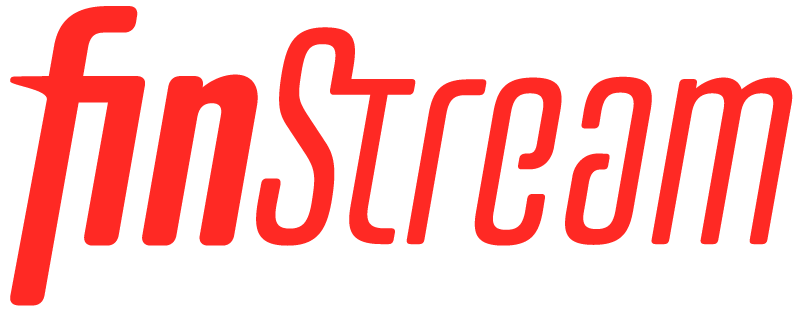Ask the Hammer: 401(k) Matching: In this episode of Ask The Hammer, Jeffrey Levine CPA/PFS with Buckingham Wealth Partners, aka The Hammer discusses 401(k) matching, contribution limits and over contributing.
401(k) matching, also known as an employer match, is a benefit offered by some employers to encourage their employees to save for retirement through a 401(k) retirement savings plan. With 401(k) matching, the employer agrees to contribute a certain amount of money to the employee’s 401(k) account based on the employee’s own contributions to the plan.
Here’s how 401(k) matching typically works:
- Employee Contributions: Employees who participate in their employer’s 401(k) plan can elect to contribute a portion of their pre-tax salary to their 401(k) account, up to the annual contribution limit set by the IRS. As of 2022, the annual contribution limit for employees under age 50 is $20,500.
- Employer Match: Some employers offer to match a portion of their employees’ contributions to the 401(k) plan. The employer match is typically expressed as a percentage of the employee’s contributions, up to a certain limit. For example, an employer may offer to match 50% of an employee’s contributions, up to a maximum of 6% of the employee’s salary.
- Vesting Schedule: In addition to the employer match, some employers also impose a vesting schedule, which determines when employees become entitled to the employer’s contributions. Vesting schedules can vary, but they typically range from immediate vesting (employees are immediately entitled to the full amount of employer contributions) to graded vesting (employees become increasingly entitled to the employer’s contributions over time).
- Example: For example, suppose an employee earns a salary of $50,000 per year and contributes 6% of their salary ($3,000) to their 401(k) plan. If the employer offers a 50% match on employee contributions, the employer would contribute an additional $1,500 (50% of $3,000) to the employee’s 401(k) account. In total, the employee would receive $4,500 ($3,000 + $1,500) in contributions to their 401(k) account for the year.
401(k) matching is a valuable employee benefit that can significantly boost retirement savings. By taking advantage of employer matching contributions, employees can accelerate their retirement savings and take advantage of the power of compounding over time. It’s important for employees to understand their employer’s matching contribution formula, contribution limits, and vesting schedule to maximize the benefits of 401(k) matching.
Watch more episodes of Ask The Hammer at this link: https://www.finstream.tv/videos/ask-the-hammer/

